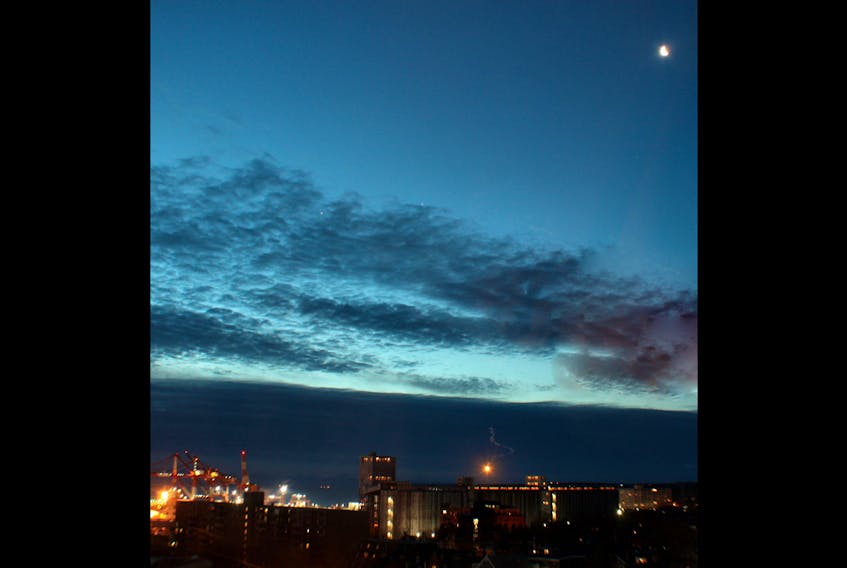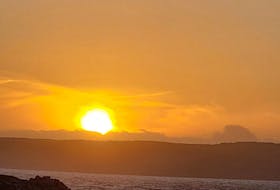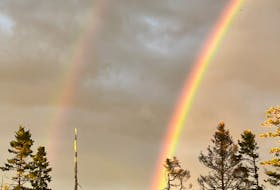We’re heading for a couple of fairly clear and very cold nights. While many of you might rather cuddle by a fire, avid backyard astronomers will bundle up and head outside.

Winter is one of the best seasons to observe stars, constellations and planets. In June, July and August, the entire Earth is facing toward the centre of the Milky Way galaxy. We’re looking toward the combined light of billions of stars. The combined light of so many distant stars gives the sky a hazy quality.
The December, January and February night skies are clearer and sharper because we’re looking the opposite way - away from the galaxy’s centre. There are fewer stars between us and extragalactic space.
Our late week break between weather systems is perfectly timed. Friday morning, Jan. 31, and possibly even Saturday morning, a slender waning crescent moon will slide by the planets Jupiter, Venus and, if you’re lucky enough to see it, Saturn.
The moon rises first, followed by Jupiter and then Venus and finally Saturn. Given clear skies and an unobstructed horizon in the direction of sunrise, it will be easy to catch the moon, Venus and Jupiter. Then just keep watching. The planets and moon will still be there, and the lit side of the moon will be pointing in the direction of Saturn. Saturn is just now returning to the east before dawn. It’s not yet very prominent and will be fairly low on the horizon, so you might have trouble seeing it, but it’s worth a try – the chance to see Saturn is quite exciting.
Friday morning, the moon and Saturn will be very close in the southern sky. This should make it easy to spot. On Friday the moon will be 27 days old, meaning it will be the tiniest sliver of a waning crescent and only five per cent illuminated. The old moon – as it is known – won’t cause much light pollution to interfere with your ability to see Saturn.
If you happen to spot other diamonds in the sky and are wondering what they might be, this little trick might help: stars twinkle – planets don’t.
Stars are so far away from Earth that the pinpoint of light is fine and gets distorted by the Earth’s atmosphere. Planets are closer to us and have a wider point - the edges distort, but not the central point - so planets don’t twinkle.
Have a weather question, photo or drawing to share with Cindy Day? Email [email protected]
Cindy Day is the chief meteorologist for SaltWire Network.
RELATED









